The Influence of Military Simulators on FPS Titles
23 February 2025
Have you ever wondered why modern first-person shooters (FPS) feel so ridiculously realistic? Like, how is it that you can almost feel the recoil of a digital gun through your screen? Well, a large chunk of that realism comes from something you may not expect: military simulators. Yep, those high-tech training tools used by armed forces worldwide have been a silent muse for some of your favorite FPS games. Let’s dive into how these military-grade systems have influenced the games you probably spend countless hours playing. Buckle up—it’s going to get intense.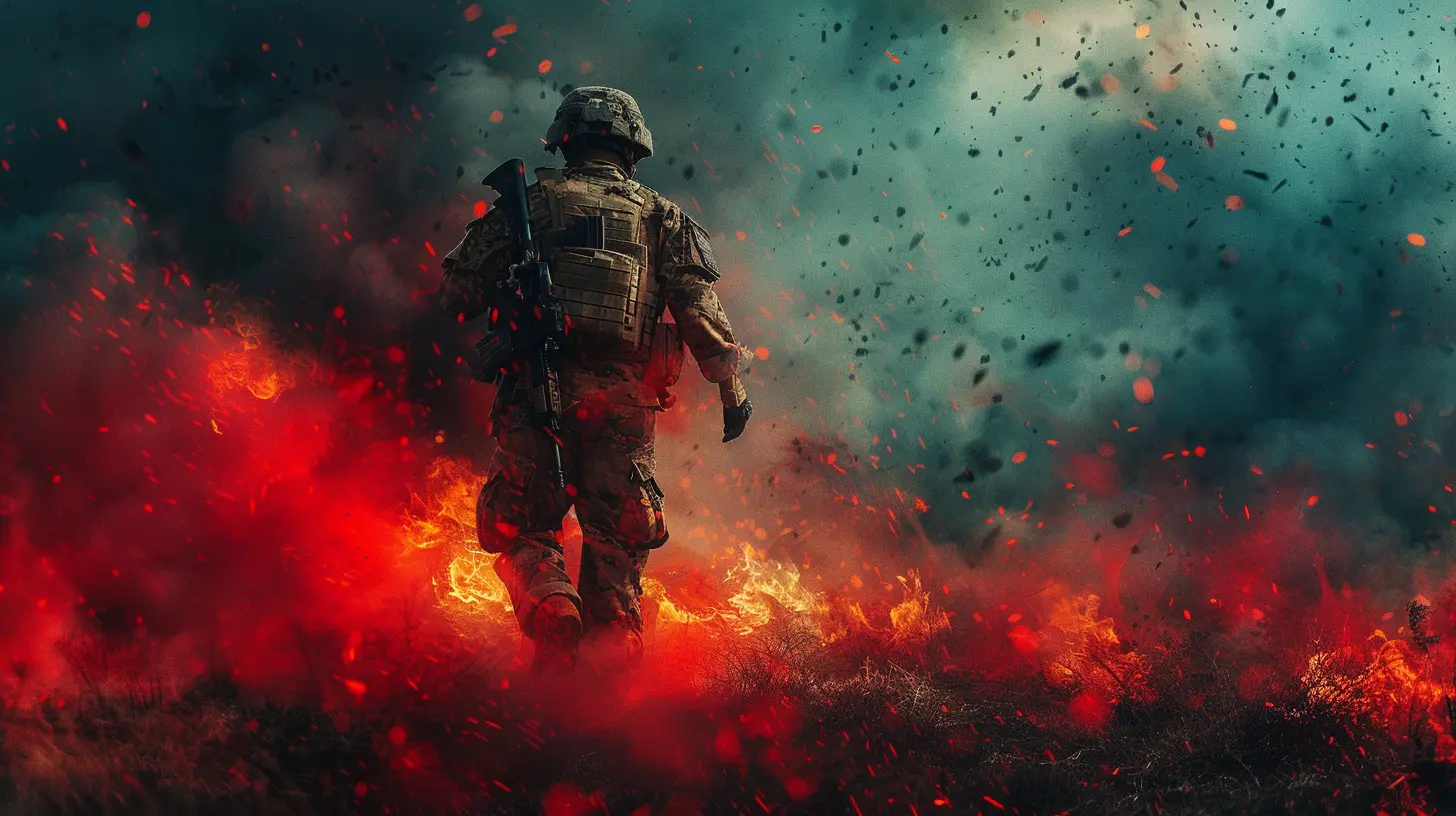
Military Simulators: The Origin of Realism in Gaming
Before we geek out on how simulators have impacted gaming, let’s get clear on what military simulators actually are. Think of them as ultra-expensive, hyper-realistic video games made for training soldiers. These aren’t your average Call of Duty sessions. Military simulators are designed to replicate combat scenarios down to the tiniest detail. They teach soldiers everything from tactical maneuvers to decision-making under pressure.Now, why does this matter for FPS games? Simple: game developers borrow concepts, mechanics, and even software technology from these simulators to make their games more authentic. It’s like game studios are taking tips from the pros and then packaging them into a more entertaining format (and trust me, way less life-threatening).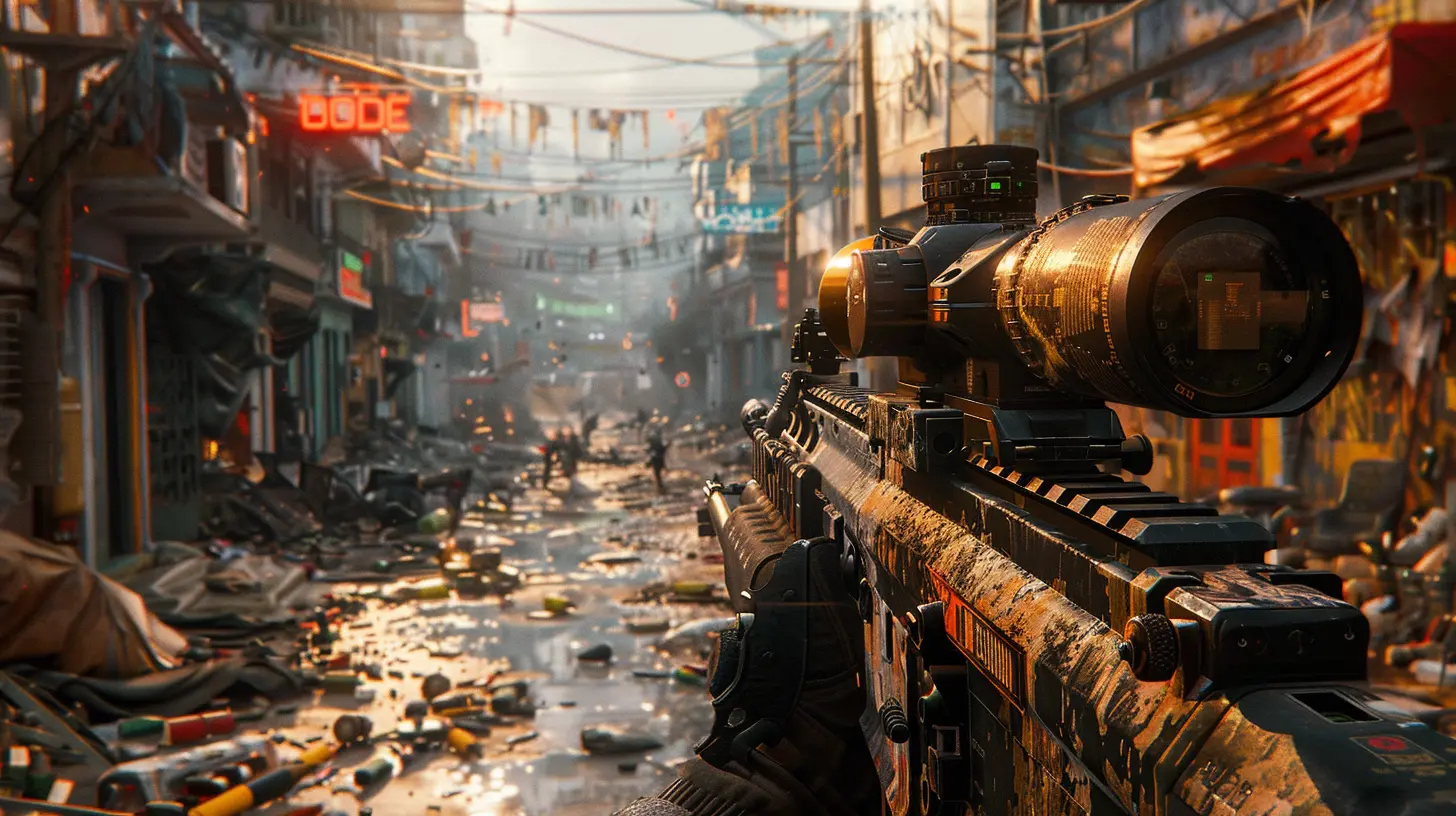
The Core Connection: Realism
Combat Mechanics: Feeling the Weight of a Gun
If you’ve played hardcore FPS titles like ARMA 3 or Squad, you’ll know they feel different compared to, say, traditional arcade shooters like Overwatch. There’s a certain weight to the gameplay—the way your character moves, the way guns handle, and even how bullets drop over distances. This emphasis on realism comes straight out of military simulators.Military training systems simulate everything down to how weather affects a sniper’s aim. Game developers, in turn, incorporate similar mechanics to make the player feel like they’re part of a genuine battlefield. Suddenly, you’re not just button-mashing; you’re strategically planning every shot as if your life depends on it. And honestly, isn’t that a step up from the spray-and-pray days?
Tactical Gameplay: More Than Just Run-and-Gun
Remember back in the day when FPS games were all about reflexes? You’d sprint around like a headless chicken, blasting anything that moved. Those were good times, but modern FPS games have shifted toward strategy, and military simulators are to thank—or blame, depending on how you see it.Games like Rainbow Six Siege are a perfect example. In Siege, you can’t just charge into a room guns blazing (well, you can, but you’ll probably end up face down in 5 seconds). You need to plan, communicate, and execute like a proper team. That’s straight out of the military simulator playbook, where success depends on tactics over pure aggression.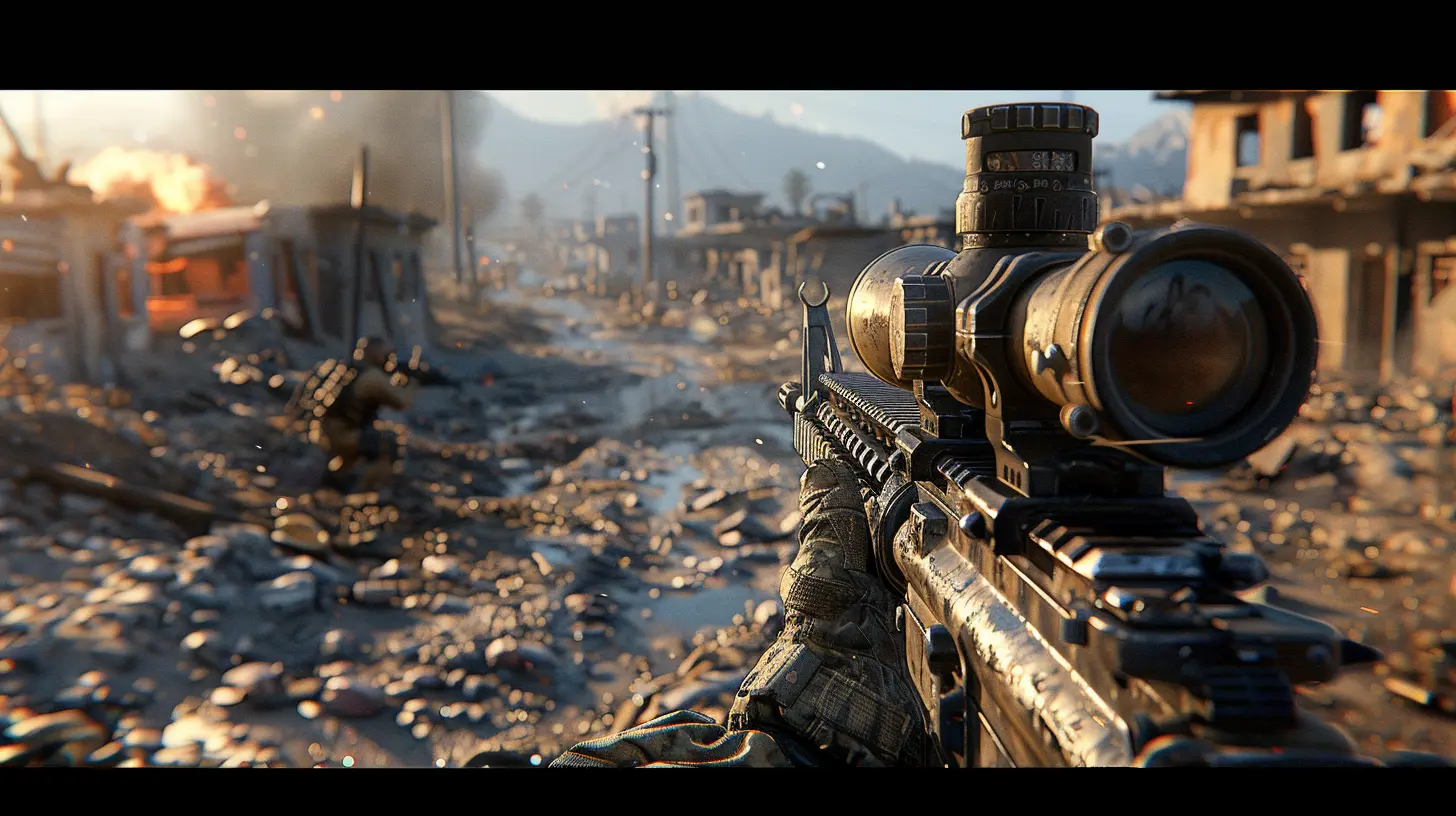
Graphics and Immersion: Seeing is Believing
Military simulators place a heavy emphasis on immersion. Soldiers need to feel like they’re in a real-world scenario, and for that, the visuals need to be mind-blowingly realistic. We’re talking photorealistic terrains, authentic lighting, and even environmental soundscapes that mimic real-life combat zones.Sound familiar? It should because FPS titles like Battlefield have been doing the same thing for years. Battlefield’s destructible environments, chaotic battlefields, and eerily lifelike sound design? All of that owes a nod to military-grade tech. When a stray bullet whizzes past your character and ricochets off a wall, you’re experiencing immersion levels that military simulators first pioneered.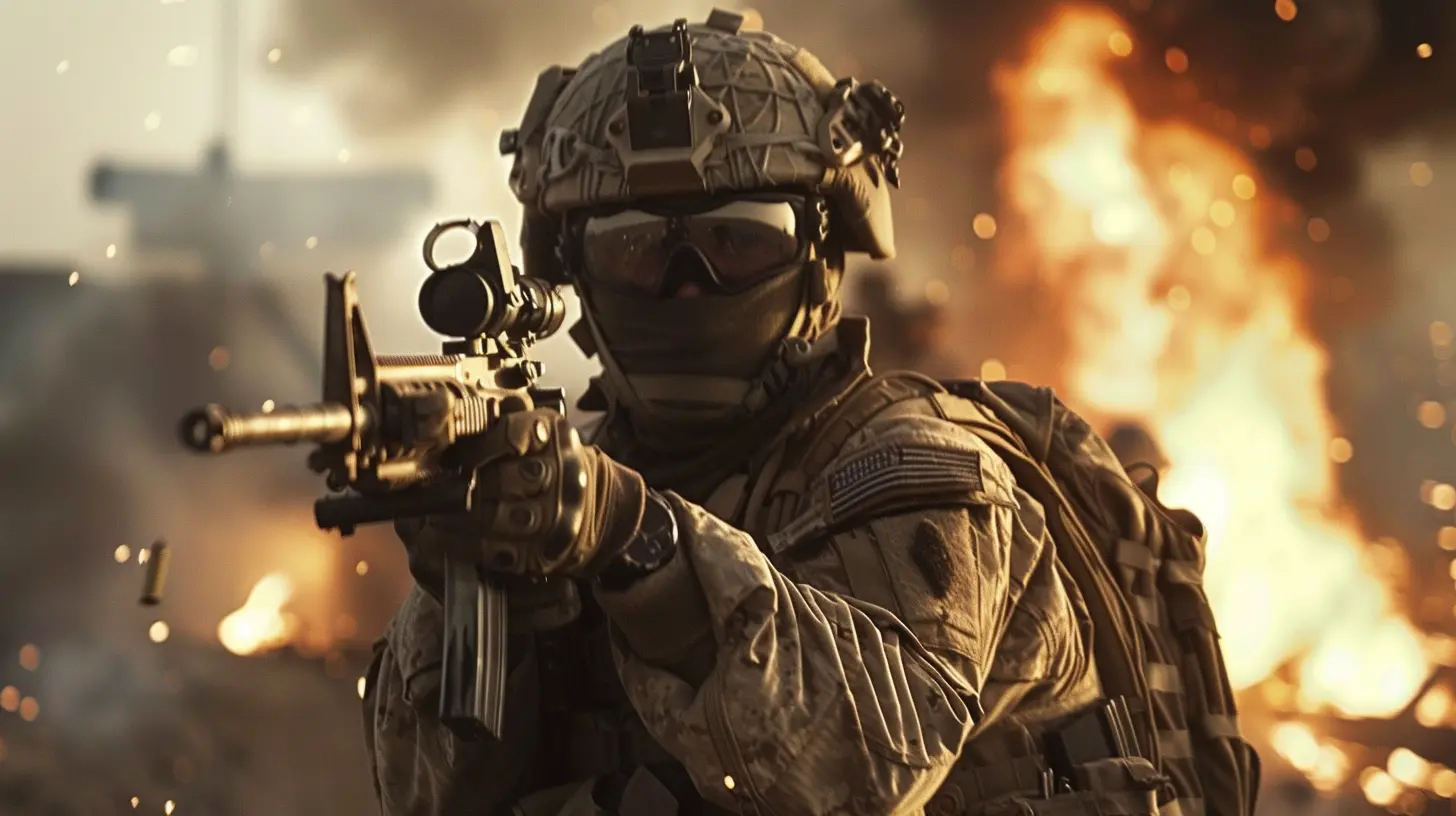
The Role of AI: Smarter Enemies, Tougher Gameplay
Let’s talk about AI (artificial intelligence). In military simulators, AI isn’t about creating simple shooter-bot enemies; it’s designed to mimic human behavior. The AI soldiers in these systems act like real soldiers: they take cover, flank you, and adapt to your tactics on the fly. This creates an intensely realistic training ground for actual troops.Now, if you’ve ever cursed at how smart the enemies are in a game like Escape from Tarkov, you can thank (or scream at) military simulators. Developers have leveraged this concept to create more challenging AI opponents, pushing players to strategize rather than rely on muscle memory.
Hardware Borrowed from the Military Toolkit
This might blow your mind a bit, but some of the hardware we associate with high-end gaming actually has military roots. For example, VR (virtual reality) and motion capture technology were initially developed for military training purposes. The military used VR headsets long before Oculus Rift or PlayStation VR were household names.So, when you strap on a VR headset to play a game like Pavlov VR, just know that soldiers were using that tech to train for combat before you were using it to shoot zombies or storm virtual battlefields. Crazy, right?
Training Shooters: The Fine Line Between War and Entertainment
Here’s where things get a little dicey. Military simulators are designed to train soldiers, so they focus on realism for a very serious purpose. FPS games, on the other hand, walk a fine line between realism and fun. Developers face a tricky challenge: how much realism is too much?For example, some argue that games like Squad and Insurgency: Sandstorm blur the lines too much, turning war into entertainment. Others feel these games give players a deeper appreciation of what real combat might feel like. It’s a debate that’s been ongoing and will likely continue as both military and gaming tech evolve.
E-Sports and the Tactical Revolution
Ever noticed how modern FPS e-sports competitions look more like calculated tactical operations than chaotic shootouts? That’s because of tactical shooters like CS:GO, which borrow heavily from military-style planning and execution. Just like soldiers in simulators, e-sports teams spend hours studying maps, analyzing strategies, and perfecting their teamwork.It’s a fascinating loop. Simulators influence games, and in turn, those games influence competitive play. It’s almost poetic how interconnected these worlds have become.
What’s Next? The Future of FPS and Military Simulators
Looking ahead, the bond between military simulators and FPS games is only going to grow stronger. With emerging technologies like augmented reality (AR) and AI advancements, the lines are blurring even further. Imagine an FPS game where the AI adapts to your every move in real-time or a VR setup that feels indistinguishably like being in a combat zone. The future is looking both exciting and slightly terrifying.But here’s the kicker: as these games become more realistic, the ethical questions around their creation will undoubtedly grow louder. How realistic is too realistic? And at what point does it stop being a game and start being something else entirely?
Conclusion: From Soldiers to Gamers
The influence of military simulators on FPS titles is undeniable. From hyper-realistic graphics to complex tactical gameplay and smarter AI, these games wouldn’t be what they are today without the groundbreaking tech and concepts pioneered by military training systems. Whether you’re sneaking through hostile territory in Call of Duty: Warzone or meticulously planning your next move in Rainbow Six Siege, you’re experiencing a slice of what soldiers use to train for real-world combat.So next time you land that perfect headshot or outsmart an enemy team with flawless tactics, just remember: you’ve got military simulators to thank for helping gaming evolve into the immersive powerhouse it is today.
all images in this post were generated using AI tools
Category:
First Person ShooterAuthor:

Pascal Jennings
Discussion
rate this article
9 comments
Henry Monroe
While military simulators provide realism, they risk stifling creativity in FPS game design.
April 3, 2025 at 4:03 PM

Pascal Jennings
I appreciate your perspective! While military simulators do prioritize realism, they can also inspire innovative gameplay mechanics and narratives that enhance creativity in FPS design. Balancing realism with imaginative elements can lead to more engaging experiences.
Elowyn Daniels
Military simulators enrich FPS games, blending realistic tactics with immersive gameplay. This fusion inspires players to think strategically, enhancing both the gaming experience and teamwork skills. Game on!
March 24, 2025 at 4:13 AM

Pascal Jennings
Thank you for your thoughtful comment! I completely agree that military simulators add depth to FPS games, fostering strategic thinking and teamwork among players. Game on indeed!
Velma McKinstry
Great article! It’s fascinating to see how military simulators shape FPS games. Understanding their impact not only enhances gameplay but also enriches our appreciation for both genres. Keep up the insightful work!
March 13, 2025 at 5:54 AM

Pascal Jennings
Thank you for your thoughtful comment! I'm glad you found the article insightful. Your appreciation for the connection between military simulators and FPS games is much appreciated!
Kinsley McGinn
This article offers a compelling look at how military simulators shape FPS games. It's fascinating to see how realistic tactics and strategies enhance gameplay. However, it’s equally important to balance realism with fun to keep the experience engaging for a wider audience. Great read!
March 3, 2025 at 4:25 PM

Pascal Jennings
Thank you for your insightful comment! I completely agree that balancing realism and fun is crucial for engaging a broader audience in FPS games.
Robert Rios
Imagine if Call of Duty took tips from a baking simulator—snipers icing cakes while dodging flour grenades! Military strategy meets pastry prowess: the ultimate fusion of firefights and frosting!
March 2, 2025 at 4:33 PM

Pascal Jennings
That's a creative take! Blending military strategy with baking could lead to some entertaining gameplay dynamics, showcasing how diverse concepts can inspire innovation in game design.
Jet Mason
Military simulators? Please, they’re just glorified boot camps for wannabe strategists! FPS games thrive on adrenaline and creativity, not on rigid drills. Let’s be real: gamers want a thrill, not a training manual. Bring on the chaos!
March 2, 2025 at 4:29 AM

Pascal Jennings
While military simulators may seem rigid, they often emphasize realism and strategy, enhancing FPS gameplay. Balancing adrenaline with tactical depth can create a more engaging experience.
Damian Rivera
Military simulators blur reality and fiction, shaping our perceptions of warfare.
March 1, 2025 at 5:20 AM

Pascal Jennings
Absolutely, military simulators create immersive experiences that can distort our understanding of real-world warfare, influencing both player perceptions and the broader cultural narrative surrounding conflict.
Kara McDaniel
This article offers a compelling look at how military simulators shape the development of FPS games. By incorporating realistic tactics and equipment, developers enhance gameplay authenticity and strategy. Understanding this influence not only enriches our appreciation of current titles but also highlights potential future innovations in the genre.
February 26, 2025 at 6:00 AM

Pascal Jennings
Thank you for your insightful comment! I'm glad you found the connection between military simulators and FPS development compelling. It's fascinating to see how these influences can shape the future of gaming.
Zareth McGlynn
Mission accomplished—FPS games thank you!
February 23, 2025 at 4:31 AM

Pascal Jennings
Thank you! I'm glad you found the article insightful. The connection between military simulators and FPS games is indeed fascinating!
MORE POSTS

Breaking the Boundaries: How Puzzle Solving Fits into Sandbox Games

Innovative Character Customization Features You Need to Try

Secrets, Tips, and Cheats for Mastering Console Games

Survive and Thrive: Top Survival Strategies for Sandbox Game Enthusiasts

Procedural Generation: The Future of Infinite Action Levels
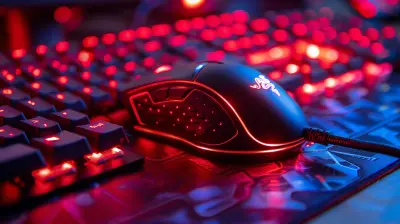
Improving Your Reflexes for Competitive Esports

Next-Gen Graphics on Display in These New Releases